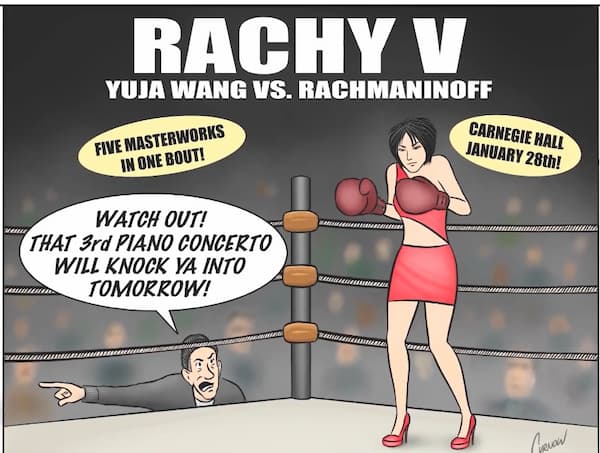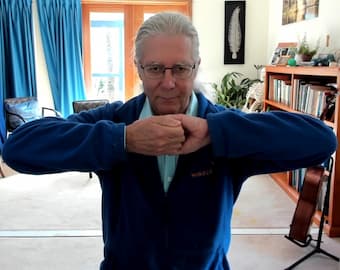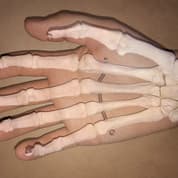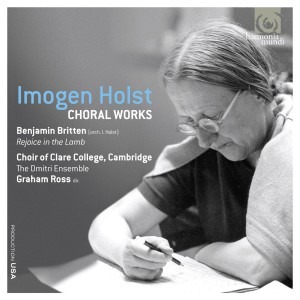
There are audible sighs of relief in the church of All Hallows, Gospel Oak as producer John Rutter announces his satisfaction with our last take, and it’s time for a break and a quick cup of tea. It’s the evening session on the first day of the Clare College Choir’s latest recording, a disc of music by the little-known composer Imogen Holst (daughter of Gustav) for international label Harmonia Mundi, and even though it’s only the first day, there are already plenty of yawns – recording is a tiring business, and not only because threat of traffic noise forces us to record into the night. Recording presents a very different challenge to live performance, and recording choral music even more so; many orchestras these days avoid expensive studio sessions by patching together ‘live’ recordings from a series of rehearsals and performances, but with a choral recording the need for absolute precision of ensemble, intonation and blend necessitates take after take in order to reach that ideal.
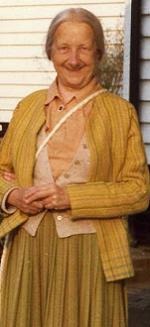
Imogen Holst
Many choral scholars come to Oxford or Cambridge with plenty of choral experience, with many of the men having spent their childhoods as choristers in England’s many cathedrals. I was no different, spending much of my childhood singing the daily services at Winchester Cathedral. It was a wonderful musical education, no doubt, but arriving at Cambridge I found that the experience of recording, with its unique demands on musicians, was largely new. Aside from the sheer musical demands, I found the greatest challenge was the need to switch on and off very quickly – like batting in a game of cricket, no-one can concentrate at such intensity for hours at a stretch, so it’s important to be able to relax when the red light is off. It’s also important so that everyone can keep their sense of humour – many a take is blemished by a squeaking shoe (so much so that many of us choose to record barefoot!) or noisy pageturn, or even more frustratingly by something outside our control such as a plane flying overhead, and high tempers are not conducive to good recording.

John Rutter
Neither, however, is lack of tension. More than once over the sessions, John suggested at the end of a long take that, though our singing was perfectly precise, it sounded tired or flat, lacking a sense of real ‘performance’. It’s a genuine problem, and might be to do with our familiarity with the music we’re recording – we’d been singing much of it on tour in France not long before. It sounds strange, but it really is possible to over-rehearse, so that when the red light is on the choir is so comfortable with the music that it just goes through the motions. Luckily, John is an experienced producer as well as a world-famous composer and conductor (and ex-Director of Music at Clare), and knows when to push the choir to greater heights and when it’s best instead to lighten the mood, an ability even more remarkable when you remember he’s actually not in the same room as the choir, but sits in the bowels of the church, communicating with us and with Director of Music Graham Ross via a microphone!

Graham Ross
The actual process of recording is a fairly simple one – we begin by recording a few whole takes of a particular piece, followed by a series of shorter takes to solve isolated problems until John feels that he has enough material to assemble a complete track. Recording Imogen Holst’s music is a strange experience – the music we are recording ranges from her early Mass in A Minor, very beautiful in itself, but showing clear influences from her mentor Ralph Vaughan Williams’ own Mass in G Minor, to the characterful and individualistic Hallo my Fancy, a setting of the little-known Scottish poet William Cleland, full of unusual colours and memorable word-setting. It might give the wrong impression to suggest that the most exciting work on the disc is not by Holst at all, but is her orchestration of Benjamin Britten’s cantata Rejoice in the Lamb. Her scoring of the work greatly expands this extraordinary works’ already broad palette of colours wonderfully captured on disc by the Dmitri Ensemble. Nevertheless, when so much of what we sing in our own chapel at Clare is necessarily familiar it’s a real joy to be able to spend some time with some unfamiliar yet exciting music.
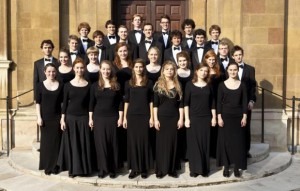
Clare College Choir
credit : Nick Rutter
The end of a recording is always a strange experience, and frequently anitclimactic. The choir has worked hard for a number of days, but at the end of it there is no audience applause, no post-concert party, but only a few farewells and a late-night coach back to Cambridge. We don’t even see the fruits of our labours for many months – there are the first and second edits to be checked, programme notes to be written and marketing and distribution to be taken care of before the disc is released in September. Indeed, Imogen Holst was to all intents and purposes absent from our lives for over a year. The choir received their personal copies a few weeks ago, however, and I’m delighted to say that the package itself looks fantastic, with informative programme notes and some great photos. The music isn’t bad, either – I know I’m not impartial, but I have to confess I think that all of that hard work seems to have been worth it.


